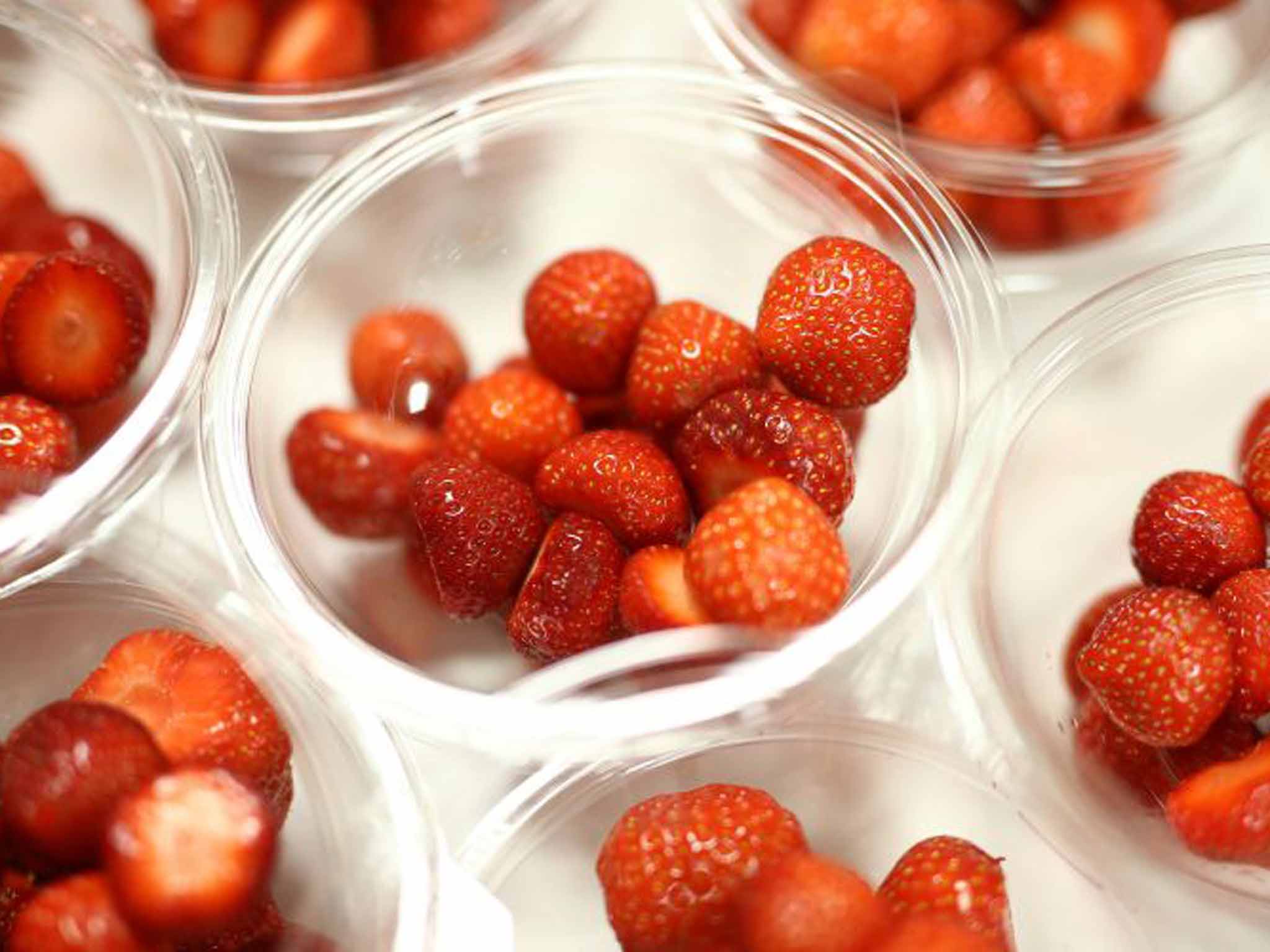What do strawberries and cream have to do with tennis?
David Boyle reports on a fruitful relationship

Your support helps us to tell the story
From reproductive rights to climate change to Big Tech, The Independent is on the ground when the story is developing. Whether it's investigating the financials of Elon Musk's pro-Trump PAC or producing our latest documentary, 'The A Word', which shines a light on the American women fighting for reproductive rights, we know how important it is to parse out the facts from the messaging.
At such a critical moment in US history, we need reporters on the ground. Your donation allows us to keep sending journalists to speak to both sides of the story.
The Independent is trusted by Americans across the entire political spectrum. And unlike many other quality news outlets, we choose not to lock Americans out of our reporting and analysis with paywalls. We believe quality journalism should be available to everyone, paid for by those who can afford it.
Your support makes all the difference.Something about tennis, strawberries and cream seem to go together in the English psyche. The very taste of strawberries doesn't just conjure up a green, pollen-filled English summer, but also the thwack of ball on racket.
The Wimbledon tournament manages to get through more than 23 tonnes of strawberries and 7,000 litres of cream every year. But the link between the three elements – tennis, strawbs and cream – is mysterious.
Tradition suggests that Thomas Wolsey first served strawberries combined with cream at a banquet in 1509. It isn't entirely clear where he got the idea to put the two together, though strawberries had been known in Europe since Roman times, when they were used to help with labour pains and bad breath – and the fruits do have anti-inflammatory properties.
And as a dairy product, cream was more associated with peasant fare than the kind of banquets fit for a king, though there is a link back to medieval Bavaria, when baskets of strawberries were hung to encourage the cows to provide better milk yields.
Another clue is the traditional link between strawberries and the Roman goddess of love, Venus, and the heart shape of the berries. It may be that strawberries and cream were originally intended as a whiff of spring-like eroticism, an aristocratic hint of rolling in the hay with milkmaids.
There is some confirmation of this by the fact that the former monk Andrew Boorde who, like Wolsey, appears briefly in Hilary Mantel's Bring Up the Bodies, and was dismissed from his monastery for too close an acquaintance with the opposite sex.
Boorde talks about "rawe crayme undecocted, eaten with strawberyes" as a comfort "blanket" for men. Boorde was writing in 1542 and there is just a hint that it was the interest that women had in strawberries that made them so comforting.
French writers at the time talk about how much English ladies love strawberries. Wedding breakfasts in rural France – where they pioneered growing modern strawberries for the first time, rather than just picking them in the wild – used to include a tradition of strawberries and sour cream.
But why serve the stuff at tennis? It might be possible to make a case for the link between the treat and the real tennis court at Wolsey's former palace at Hampton Court, but let's start with tennis as we know it, and that means going back to 1859. It was a momentous year for England at least. Darwin published his On the Origin of Species. John Stuart Mill published On Liberty. Dickens was writing A Tale of Two Cities. William Morris was building his Red House. Englishness was being forged.
It was in this year that the Birmingham solicitor Harry Gem and the Spanish merchant Augurio Perara began to combine the best of rackets and the best of pelota – a Basque ball game – to create tennis. They played it on the croquet lawn at Edgbaston.
When they moved to Leamington Spa in 1872, they founded the first tennis club. The following year, a Welsh major called Walter Wingfield, patented a similar game which he called "sticky", from the Greek word sphairistike.
Strawberries and cream were served at Wimbledon during the first tournament in 1877, presided over by the first referee – my great grandfather Bonham Carter Evelegh. It was then that 200 spectators came to see the first Wimbledon champion, rackets player Spencer Gore, thrash his opponent W. C. Marshall 6-1, 6-2, 6-4, and paid a shilling each for the privilege.
History doesn't relate whether they all tasted the strawberries and cream, but those who did would have witnessed a great culinary tradition being born.
David Boyle is the author of 'How to Be English' (published by Square Peg on 16 July)
Join our commenting forum
Join thought-provoking conversations, follow other Independent readers and see their replies
Comments